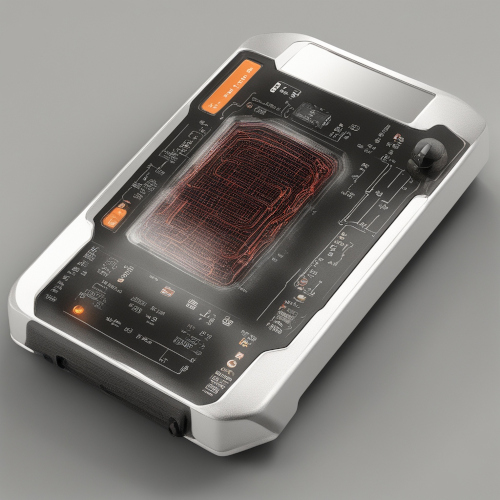Comparison of Leading Diagnostic Systems
If you looking to buy an OBD-II scanner, you'd probably be as confused as I
was when I initially contemplated do so. In the realm of automotive
diagnostics, the market offers a plethora of OBD-II systems, each vying for
attention with unique features and capabilities. So let's embark on a
constructive comparison of some prominent players in this arena: Launch, ODIS
V23, VAS, Genuine Ross-Tech VCDS (VAG-COM), icarsoft, and the VAG Group Dealer
Diagnostic Software.
1. Launch:
Launch stands out as a robust diagnostic system known for its user-friendly
interface and broad compatibility across various vehicle makes and models. Its
extensive database of diagnostic trouble codes (DTCs) and live data parameters
makes it a versatile choice for technicians. Launch's continuous updates
ensure compatibility with the latest vehicle systems, enhancing its utility
for a diverse range of users.
2. ODIS V23:
ODIS (Offboard Diagnostic Information System) is the official diagnostic
software for Volkswagen Group vehicles. Its seamless integration with VAG
(Volkswagen Audi Group) cars provides in-depth access to manufacturer-specific
systems. ODIS V23 excels in advanced coding and adaptation capabilities,
making it a preferred choice for authorized dealerships and professional
technicians dealing exclusively with VAG vehicles.
3. VAS (VAG Diagnostic Tool):
VAS, the VAG Diagnostic Tool, shares its roots with ODIS and is tailored for
VAG Group vehicles. It offers comprehensive diagnostic functions, guided fault
finding, and system-level adaptations. VAS is renowned for its accuracy and
reliability in diagnosing intricate issues within VAG vehicles, catering to
the discerning needs of dealerships and specialized repair shops.
4. Genuine Ross-Tech VCDS (VAG-COM):
The Genuine Ross-Tech VCDS, popularly known as VAG-COM, has gained a cult
following among enthusiasts and professionals alike. Renowned for its detailed
and customizable diagnostics, VAG-COM provides extensive control over VAG
vehicle systems. Its interactive interface allows users to delve deep into
coding and adaptations, making it a preferred choice for those who value
precision and control.
5. icarsoft:
icarsoft offers a range of OBD-II diagnostic tools catering to various vehicle
manufacturers. Its user-friendly interfaces and affordability make it
accessible to a broad audience. icarsoft tools often feature comprehensive DTC
libraries, live data streaming, and basic coding functionalities, making them
suitable for both enthusiasts and independent repair shops.
6. VAG Group Dealer Diagnostic Software:
Designed for official VAG dealerships, the VAG Group Dealer Diagnostic
Software is a comprehensive tool that provides unparalleled access to
manufacturer-specific systems. Tailored for VAG vehicles, this software
ensures accurate diagnosis, guided troubleshooting, and seamless integration
with the latest advancements in VAG Group technology.
The choice between Launch, ODIS V23, VAS, Genuine Ross-Tech VCDS, icarsoft,
and VAG Group Dealer Diagnostic Software hinges on specific user needs,
vehicle preferences, and budget considerations. Launch excels in versatility,
ODIS V23 and VAS cater to the intricate needs of VAG vehicles, Genuine
Ross-Tech VCDS offers precision and customization, icarsoft provides
affordability, and VAG Group Dealer Diagnostic Software ensures the highest
level of integration for official dealerships. Evaluating the unique features
of each system empowers users to make informed decisions based on their
specific requirements within the diverse landscape of OBD-II diagnostic tools.




